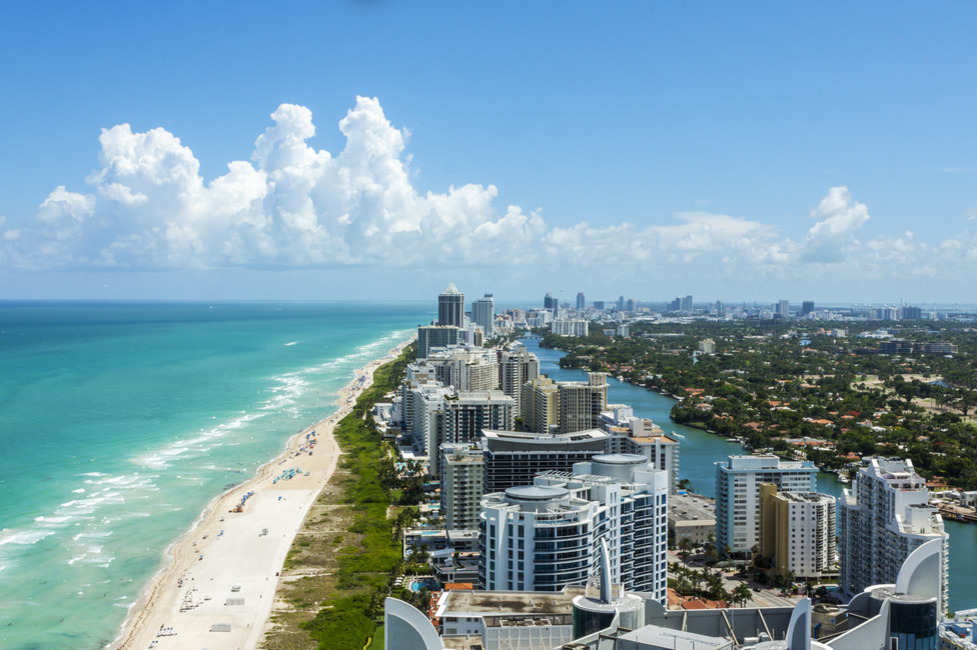Study: Rent Growth in Some Florida Cities at or Below National Average

Eight of the nine measured cities in Florida saw yearly rent increases at or below the national average, though renters across the state are still struggling with an affordability crisis, according to researchers.
Eight of the nine measured cities in Florida saw yearly rent increases at or below the national average, though renters across the state are still struggling with an affordability crisis, according to researchers at Florida Atlantic University and two other schools.
Nationally, rents have increased 4.11 percent year-over-year in June, while yearly rents in metros across Florida have seen increases below that. Rents in Palm Bay rose 4.11 percent; Deltona, 3.91 percent; North Port, 3.66 percent; Miami, 3.38 percent; Tampa, 3.11 percent; Lakeland, 2.52 percent; Jacksonville, 2.43 percent; Orlando, 2.33 percent, according to the Waller, Weeks and Johnson Rental Index.
Cape Coral was the only metro in Florida with yearly increases higher than the national average: 7.73 percent.
“This doesn’t mean that rents have become affordable as rents are still high in these areas. They just aren’t expanding as rapidly as before,” said Ken H. Johnson, Ph.D., real estate economist in FAU's College of Business and member of the Real Estate Initiative at Florida Atlantic University. “The state is easing out of a rental crisis and into an affordability crisis where renters are faced with increasing costs and incomes that aren’t rising to meet those costs.”
Johnson, along with fellow researchers Shelton Weeks, Ph.D., of Florida Gulf Coast University, and Bennie Waller, Ph.D. of the University of Alabama, statistically estimate where average rent should be for a market and then compare that to where actual average rent is, and compute a premium or discount using past and current leasing data from Zillow’s Observed Rent Index.
Year-over-year and month-over-month changes, as well as an affordability metric, are also estimated in the monthly report of the nation’s largest metros to provide a dynamic picture of the nation’s rental markets.
The latest results can be found here.
A few factors are keeping rents elevated in Florida, with little signs of a decline: a sustained influx of out-of-state people still moving to the state, hybrid office work options that allow people to work from home and an insufficient number of units coming on the market to meet demand.
“It’s taking longer than it needs to build in Florida, and we are still exposed to the scenario where apartment rates could take off again if we don’t start building fast enough,” Weeks said. “It’s also possible that some people will leave the area, as the cost of living is getting too high.”
The highest yearly rental increases in the country were found in Madison, Wisconsin, where rents increased 10.42 percent; Charleston, South Carolina, 8.16 percent; Springfield, Massachusetts, 7.68 percent; Wichita, Kansas, 7.30 percent; and Knoxville, Tennessee, 7.21 percent.
“In the areas of the country where year-over-year rent increases are the highest, supply continues to significantly lag demand. It takes time to put turnkey units into the ground. In time, rents will come into line as supply and demand come into balance. However, the affordability issue will still be there,” Waller said.
All three researchers agree that the rental crisis is morphing into a protracted housing affordability crisis, which more units on the markets and corresponding increases in wages can best solve.
-FAU-
Tags: business | real estate